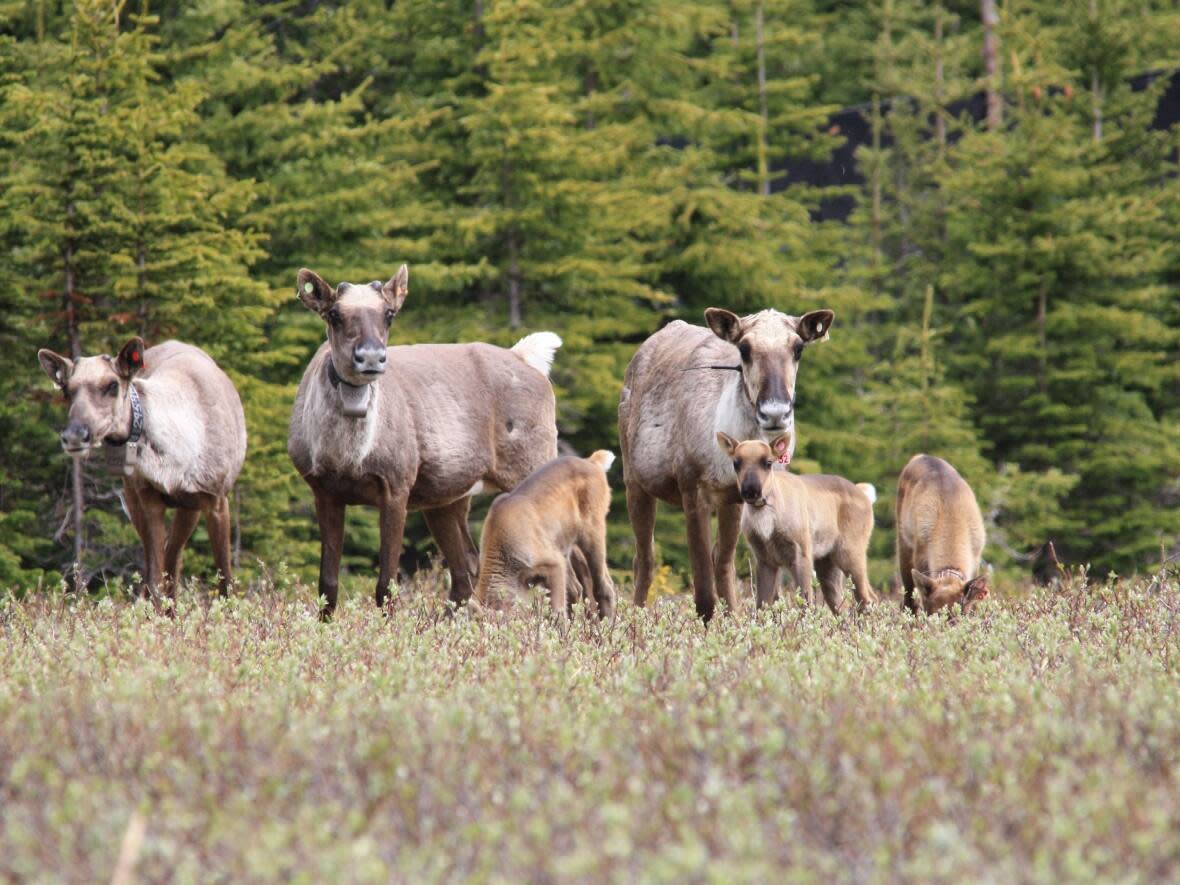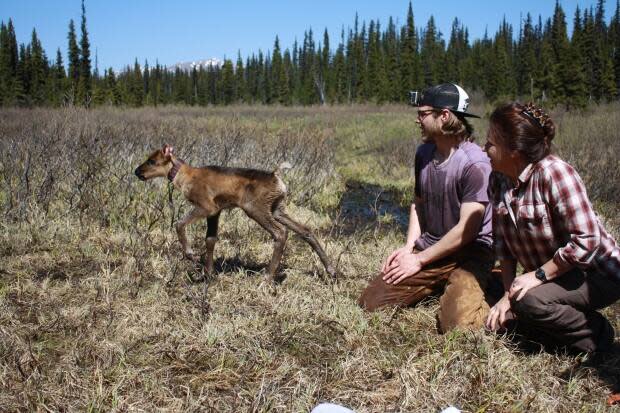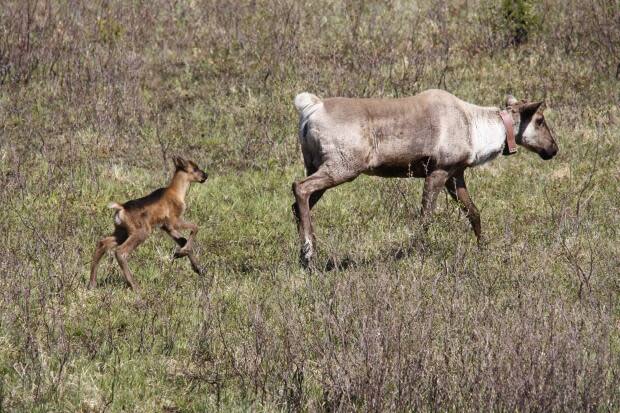Indigenous-led recovery effort triples caribou herd over 9 years

A caribou population in northeastern B.C. has come back from the brink of local extinction thanks to a collaborative, holistic approach to wildlife management from two First Nations.
Researchers estimate caribou herds have declined about 40 per cent in recent decades, and in B.C.'s northeast, they've deteriorated 11 per cent per year.
"There used to be a sea of caribou," researcher Tim Burkhart told The Early Edition host Stephen Quinn.
The Klinse-Za mountain caribou herd was down to 38 animals in 2013, but has now bounced back to 114, thanks to a collaboration between the Saulteau First Nation and West Moberly First Nation, in partnership with the University of British Columbia and the Yellowstone to Yukon Conservation Initiative.
Naomi Owens-Beek, director for Treaty Rights and Environmental Protection for Saulteau First Nations, said the program was created after watching caribou, which are culturally significant for several First Nations, disappear without action from the province.
"B.C. was mismanaging caribou and a herd unfortunately became extirpated," she said.
"We just believed it was something that we needed to address ourselves because nothing was happening."

The conservation group came up with three main areas to focus on: maternal penning, habitat restoration and predator management.
Maternal penning involves capturing female caribou that are already pregnant and keeping them in a pen to protect the females and their calves from predation.
Owens-Beek said Saulteau First Nation members volunteered to help with everything from picking lichen for caribou to eat, to guarding the pens 24 hours a day.

Members also helped out with predator reduction, specifically wolves that took over the area years ago when other prey moved into the area as a result of habitat destruction in other areas.
"There's a lot of moving parts, a lot of things occurring. If one person wasn't there, it wouldn't work."
As habitat continues to decline due to human activity and climate change, researchers are urging the province and other jurisdictions to look at how they can adapt these practices to save other caribou herds.
"Indigenous conservation is real, it's happening and hopefully this paper can spark interest and movement for more Indigenous-led conservation projects across the nation," Owens-Beek said.
Clayton Lamb, postdoctoral researcher with the universities of British Columbia and Montana, said this is a great example of why it's important to include First Nations in land management.
"The process is working as expected and largely due to the First Nations being able to exercise their rights and because they love this land and these animals, and they were keen to make sure that those caribou were not lost," he said.
"Without action, we wouldn't have those caribou today."


